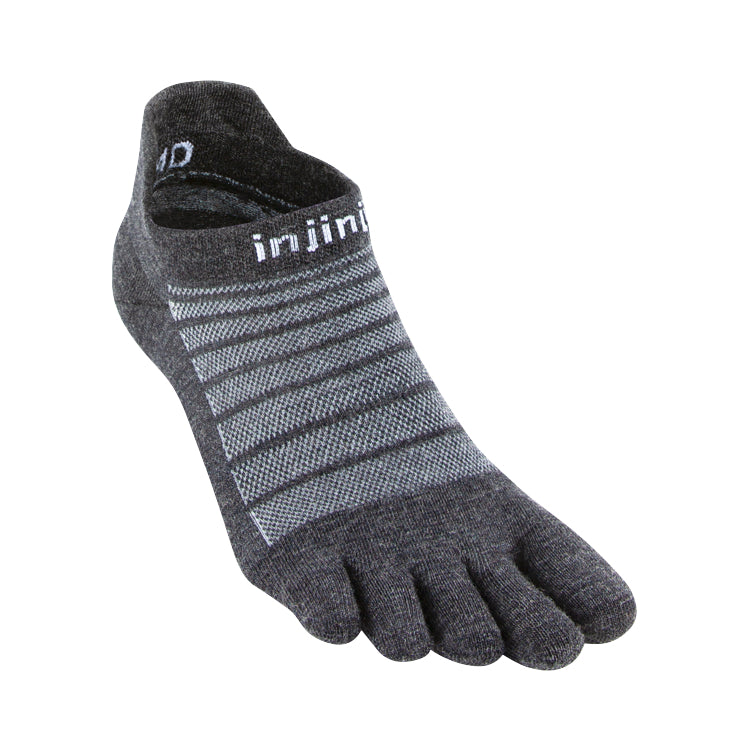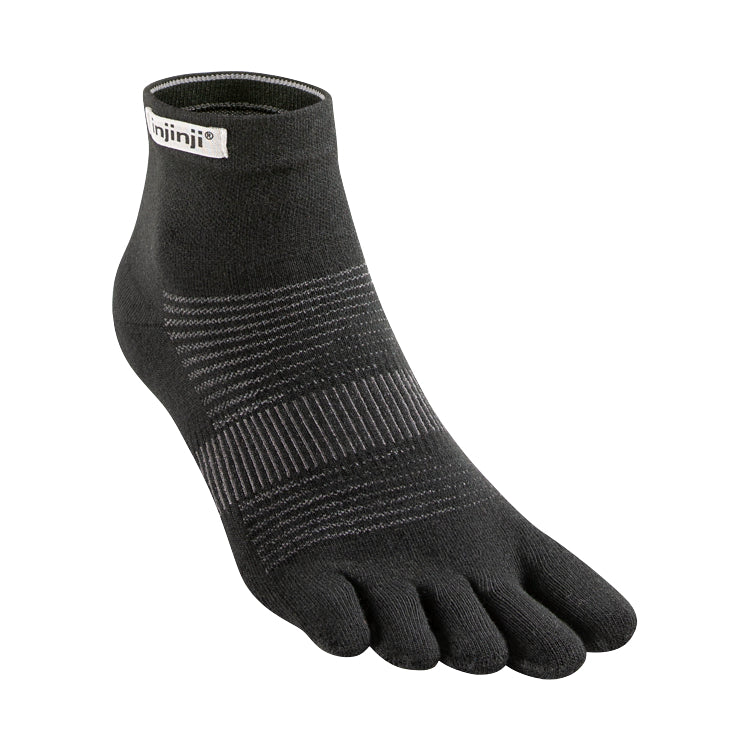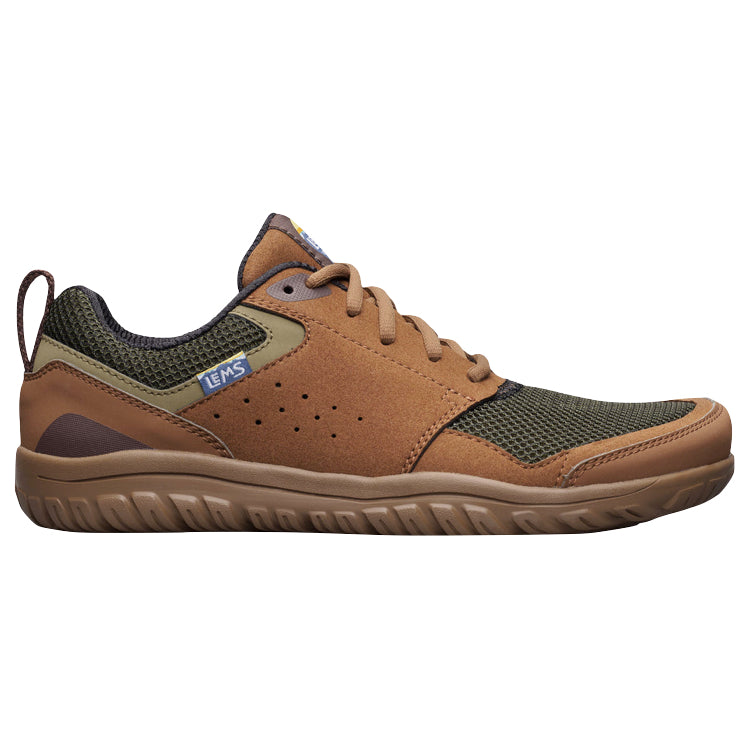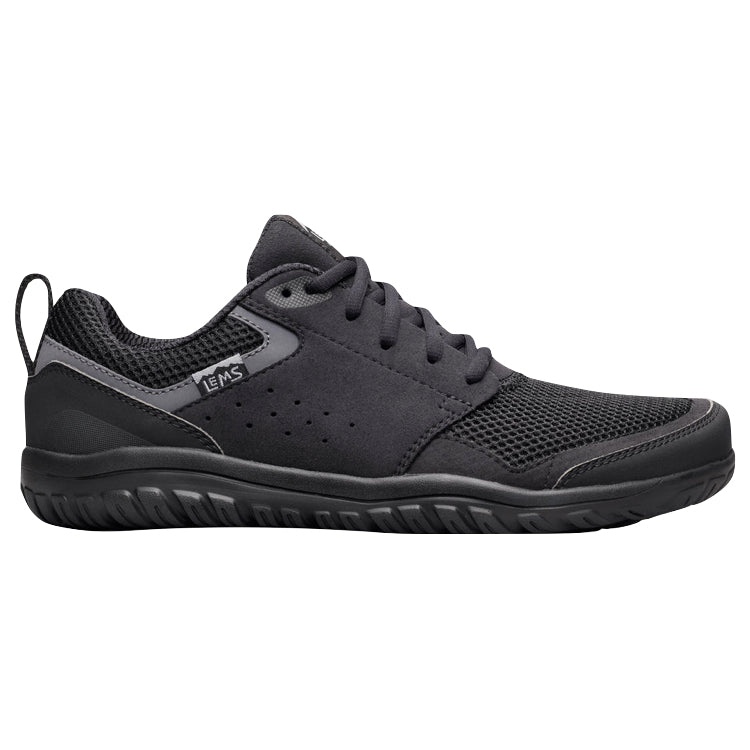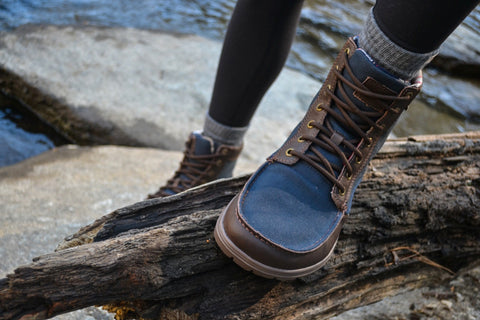
Knee osteoarthritis, or degenerative joint disease, is a common health problem in the United States, especially among the elderly. This health problem, notes the American Academy of Orthopedic Surgeons, is one of the top five most common causes of disability in older individuals. The risk of knee osteoarthritis-related disability, states the Academy, is comparable to the likelihood of disability from cardiovascular disease. Knee osteoarthritis is defined by the loss of articular cartilage—a slippery connective tissue—within your knee joint, which results in diminished cushioning between your femur and tibia, the two bones that help form your knee joint.
Contributing Factors
Conventional medical wisdom states that the following factors may contribute to this often painful and debilitating health problem: Weight, heredity, gender, age, previous traumatic knee injuries, repetitive stress injuries, participation in contact sports, certain health conditions, nutritional deficiencies, and physical deconditioning. While many of these factors undoubtedly contribute to an accelerated rate of articular cartilage loss, the role of conventional footwear on the development of knee osteoarthritis is perhaps the most important factor in the onset of this health problem. Several reliable and credible sources have, in the past few years, produced compelling arguments linking the long-term use of conventional footwear (i.e., shoes with tapering toe boxes, toe spring, heel elevation, and rigid soles) with the development or worsening of knee osteoarthritis.
Rush Medical College Study
A 2006 Rush Medical College study, conducted by Najia Shakoor and Joel A. Block and published in the journal Arthritis and Rheumatism, examined stress loads on the knees of study participants who wore various shoe types and no shoes at all. The researchers state the following:
It appears that patients with medial knee [the inside aspect of the knee] OA [osteoarthritis] undergo significant reductions in joint loads at their knees and hips when walking barefoot compared with when walking in their normal shoes. Since knee OA is mediated in part by aberrant loading, and since excess loading has been shown to be associated with pain and disease progression, these data suggest that modern shoes may exacerbate the abnormal biomechanics of lower extremity OA.
Shakoor and Block conclude that:
Shoes may detrimentally increase loads on the lower extremity joints. Once factors responsible for the differences in loads between with-shoe and barefoot walking are better delineated, modern shoes and walking practices may need to be reevaluated with regard to their effects on the prevalence and progression of OA in our society.
Conclusion
Shoes don’t have to be a significant cause of knee and/or other types of lower extremity osteoarthritis. Shoes that respect nature’s brilliant foot design already exist and can be used to prevent aberrant lower extremity joint mechanics and degeneration. Any shoe, boot, or other piece of footwear that is flat, flexible, and widest at the ends of the toes (including flip-flops) and that allows the big toe to find its own way in the world is appropriate for this health purpose. Shoes should not prevent your toes from splaying properly and, according to the great podiatrist William Rossi—a pioneer in the field of natural foot health, should serve only two purposes: As a protective covering and ornamental dressing.

WANT TO IMPROVE YOUR FOOT HEALTH?
Let the team at Natural Footgear help you! Subscribe to our newsletter for the latest offers and helpful info, and sign up for our FREE email courses on various topics and foot health conditions.
Sign Up →
Want to Improve Your Foot Health?
We are here to help you every step of the way. Get our newsletter for the latest offers and helpful info, and sign up for our FREE email courses on various topics and conditions, including bunions, hammertoes, neuromas, plantar fasciosis, shin splints, ingrown toenails, and more.
Sign Up →
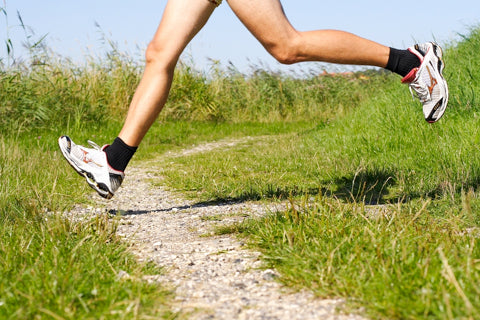 For decades, we, as footwear consumers and users, have been told that we need plenty of padding in our shoes and under our feet to help boost comfort and buffer the forces on our bodies that occur during standing, walking, running, and jumping. Like many things in the health arena, this information has become common knowledge and accepted as fact. Shoe industry bigwigs along with countless healthcare professionals have championed...
Read more
For decades, we, as footwear consumers and users, have been told that we need plenty of padding in our shoes and under our feet to help boost comfort and buffer the forces on our bodies that occur during standing, walking, running, and jumping. Like many things in the health arena, this information has become common knowledge and accepted as fact. Shoe industry bigwigs along with countless healthcare professionals have championed...
Read more





